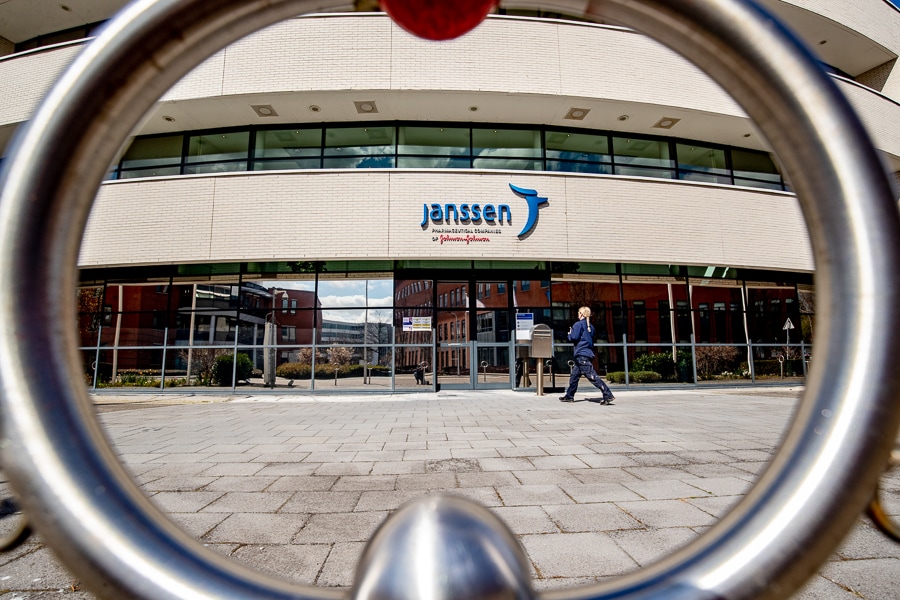
J&J pauses production of its Covid-19 vaccine despite persistent need
Johnson & Johnson's Covid-19 vaccine, initially billed as a single shot, fell out of favour in the US and other wealthy countries in part because of its link to a rare but dangerous blood-clotting disorder
 An exterior view of the head office of Janssen pharmaceutical company in Leiden, Netherlands.
An exterior view of the head office of Janssen pharmaceutical company in Leiden, Netherlands.
Image: Niels Wenstedt/BSR Agency/Getty Images
Johnson & Johnson’s easy-to-deliver COVID-19 shot is the vaccine of choice for much of the developing world.
Yet the U.S. company, which has already fallen far behind on its deliveries to poorer countries, late last year quietly shut down the only plant making usable batches of the vaccine, according to people familiar with the decision.
The facility, in the Dutch city of Leiden, has instead been making an experimental but potentially more profitable vaccine to protect against an unrelated virus.
The halt is temporary — the Leiden plant is expected to start churning out the COVID vaccine again after a pause of a few months — and it is not clear whether it has had an impact on vaccine supplies yet, thanks to stockpiles.
©2019 New York Times News Service







